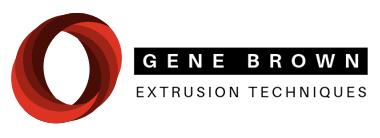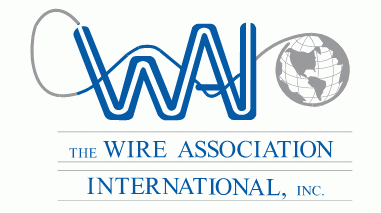You can work hard and care about what you do, but if your extrusion line is not running right, it is both frustrating and expensive. I have experienced this lose-lose scenario before, but I have been fortunate in my career. I have been exposed to more polymers and processes than most people, thanks to my tenure in technical sales and R/D. I learned techniques to determine what to look for, and how to make things right.
Extrusion is a big part of my DNA, which is why I started my company, Gene Brown Extrusion Techniques (GBET). At GBET, we define, develop, and deliver solutions to the customer. For any new project, it starts by listening to the customer’s needs and expectations. The goal could be to produce a prototype wire with a 0.004 in. special alloy conductor and a 0.005 in. fluoropolymer wall or extruding a pencil with three layers, including the core, which has an extrudable lead. Whatever it is, the project scope—whether employee training, product development or process improvement—must be defined. This can be done remotely or at the customer’s facility, but either way, it must include the variables, and there can be many.
For instance, I was called to help a customer’s client regarding feed issues with material on a new line. Before arriving, I had the operating parameters, material data sheet and screw information provided. Once there, I ensured that everything had been cleaned, so I started hand-feeding the material, and continued this after each component was installed. In the end, I realized that the customer had never run this type of tooling. The land lengths, draw-down ratio and die gap were restricting the material feed enough that it could not be properly conveyed. We modified the tool set and the customer was up, running and pleased. Gene Brown Extrusion Techniques is all about extrusion, people and the process. I want the customer to know that, through training, equipment selection and/or process evaluation, Gene Brown Extrusion Techniques can be there to help.

